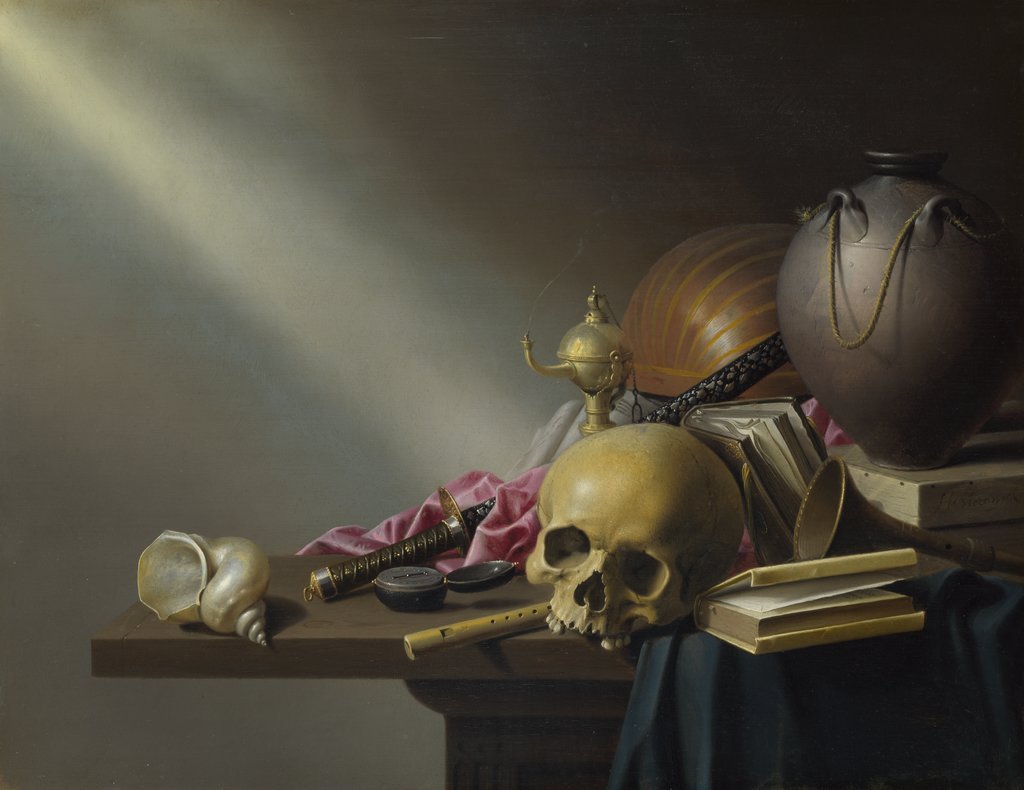breaking down the corpse in art
+
all manner of the macabre.
d_composition is an art historical take on the body hereafter. Formed in the petri-dish of visual culture and death, it’s aimed at those who rubberneck for anything morbidly curious.
Amongst these hoardings, you’ll find hot takes on art with a dark sensibility,
from ages ago til now and my latest fixations and goth adjacent media.

moth to a flame
Gabriel von Max’s Der Anatom incorporates vanitas imagery and the symbol of the moth, forming a salon painting typical of the era, and indicative of a larger (and truly icky) predilection among artists to depict the corpse of a beautiful woman.

angel of anatomy
In some kind of macabre burlesque act, Leonor Fini’s The Angel of Anatomy drops a mauve cloth away to reveal muscle and bone.

vanitas
This still-life by Dutch artist, Harmen Steenwijck is an example of vanitas, a movement that took hold during the prosperity of the 18th-century in the Netherlands. Taking its name from the Latin word meaning ‘emptiness’, this genre of painting puts a bunch of objects together in a casual reminder of your own mortality.
